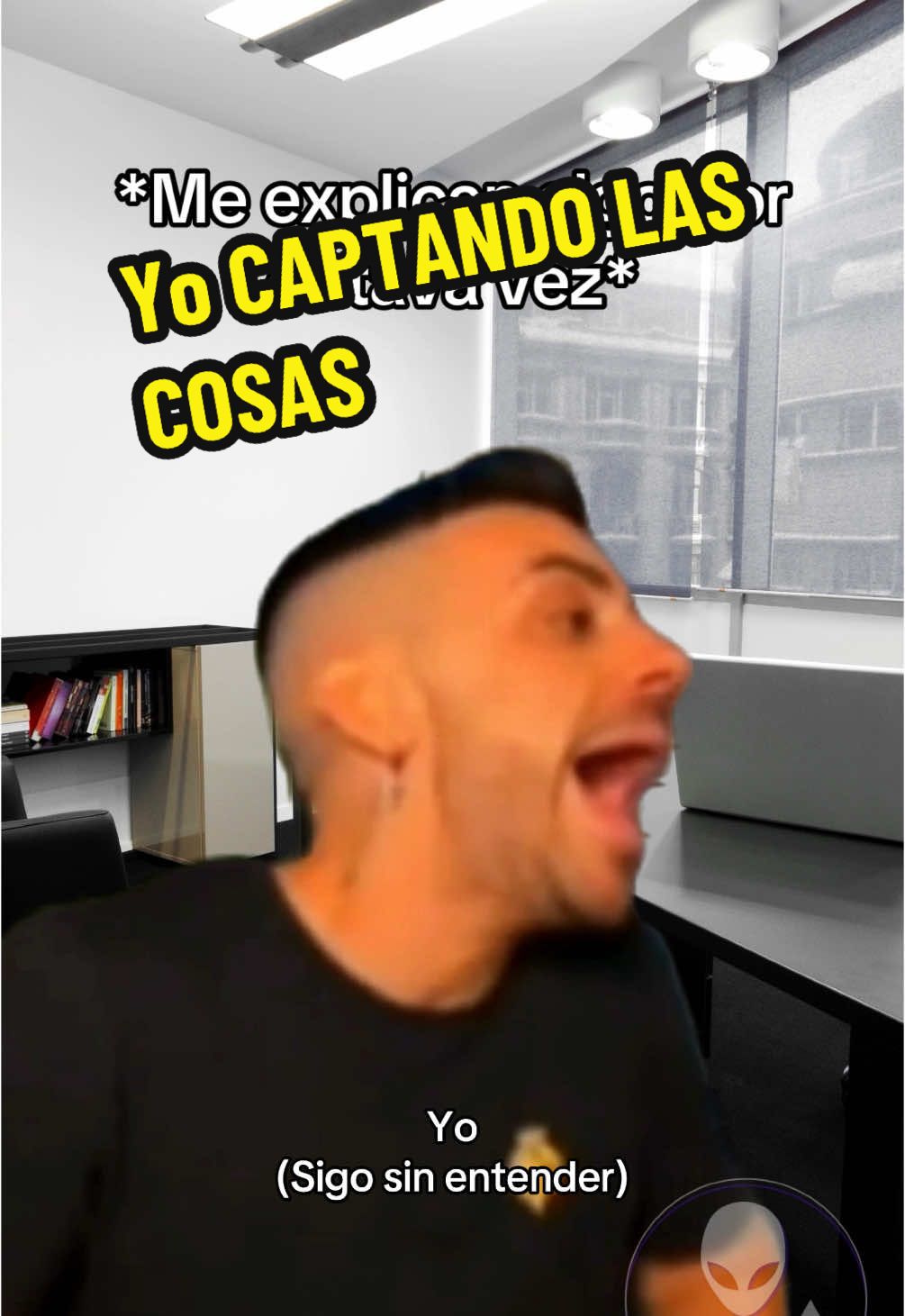El perverso 👹503🐻🥷
Region: US
Tuesday 27 May 2025 01:40:59 GMT
2858
141
7
8
Music
Download
Comments
lamera gata :
eso
2025-05-27 18:03:17
0
Leonel 😌 :
😏😏😏
2025-08-06 07:20:42
0
frean pineda :
🥰
2025-07-20 18:56:14
0
Josner Pudis :
💯
2025-07-13 11:22:30
0
Luped Depaz :
🥰🥰🥰
2025-05-27 13:04:43
0
Francisco Acosta :
🥰
2025-07-05 02:17:17
0
To see more videos from user @wilber.cruz242, please go to the Tikwm
homepage.





